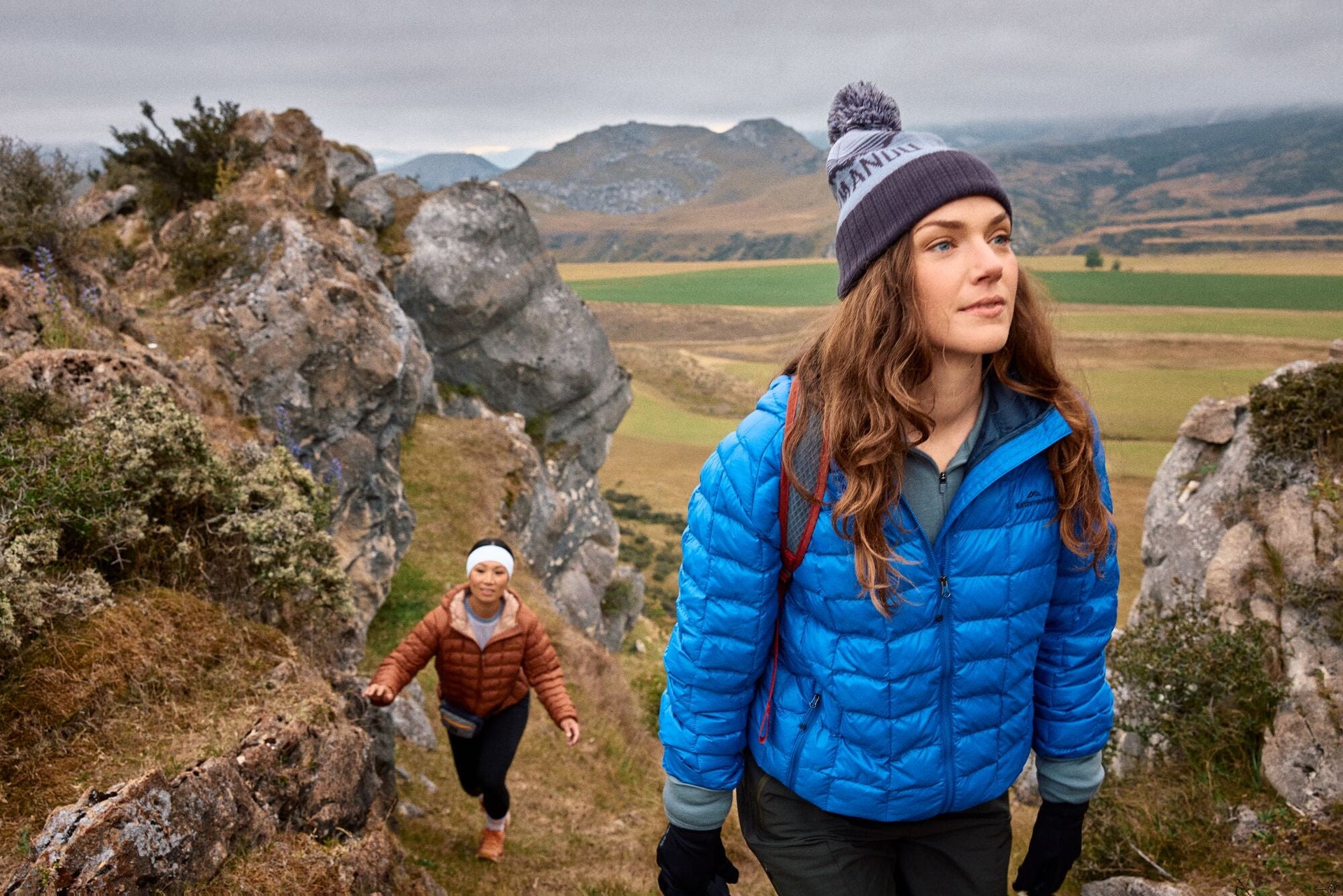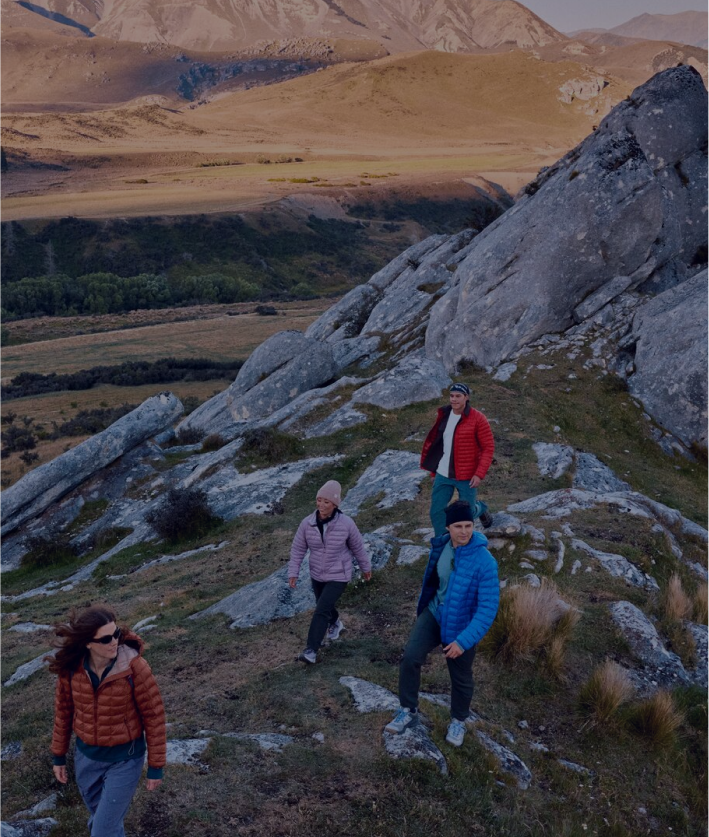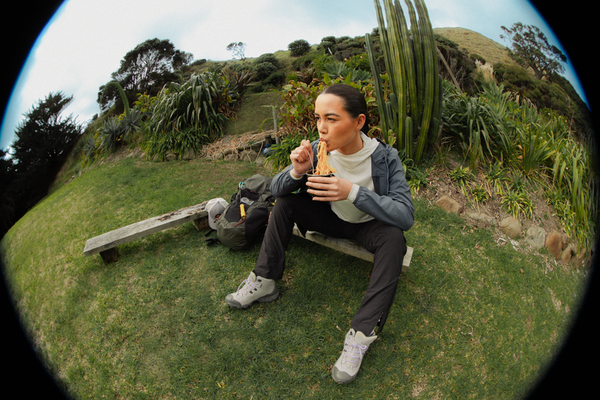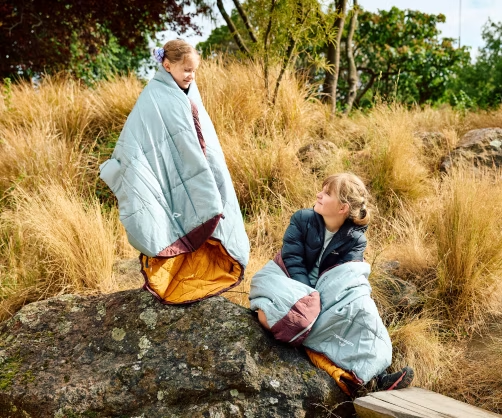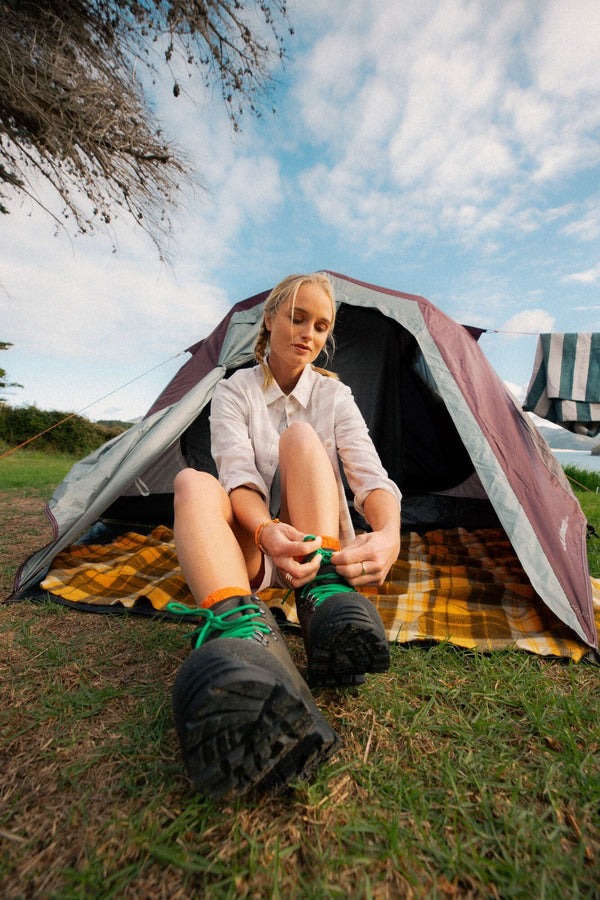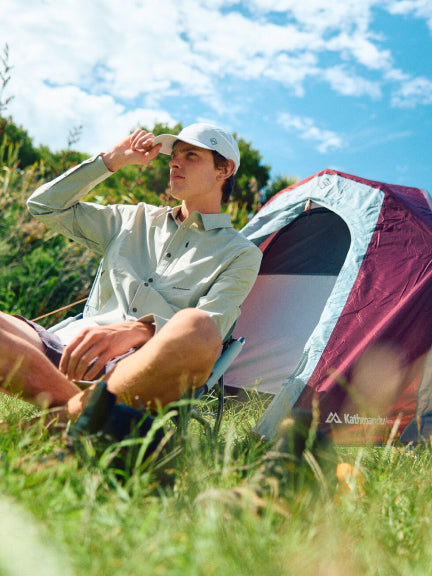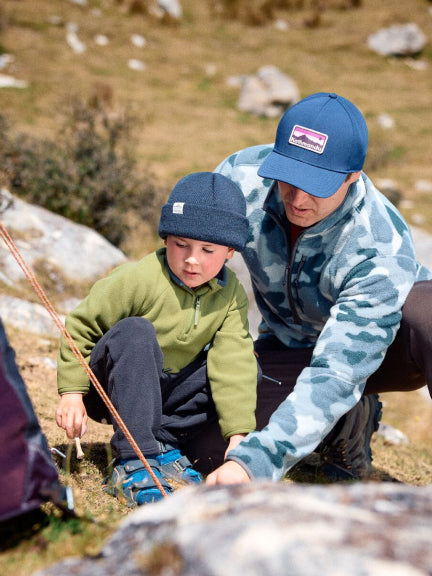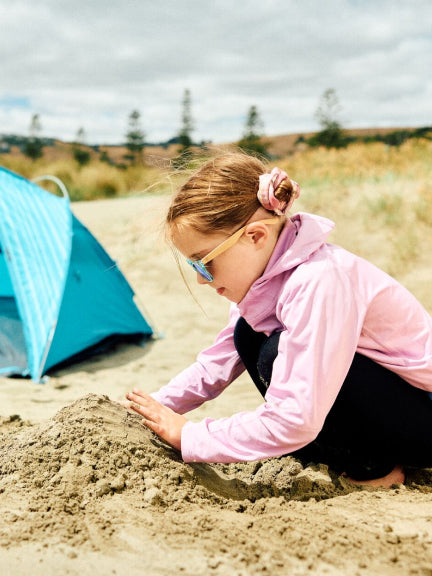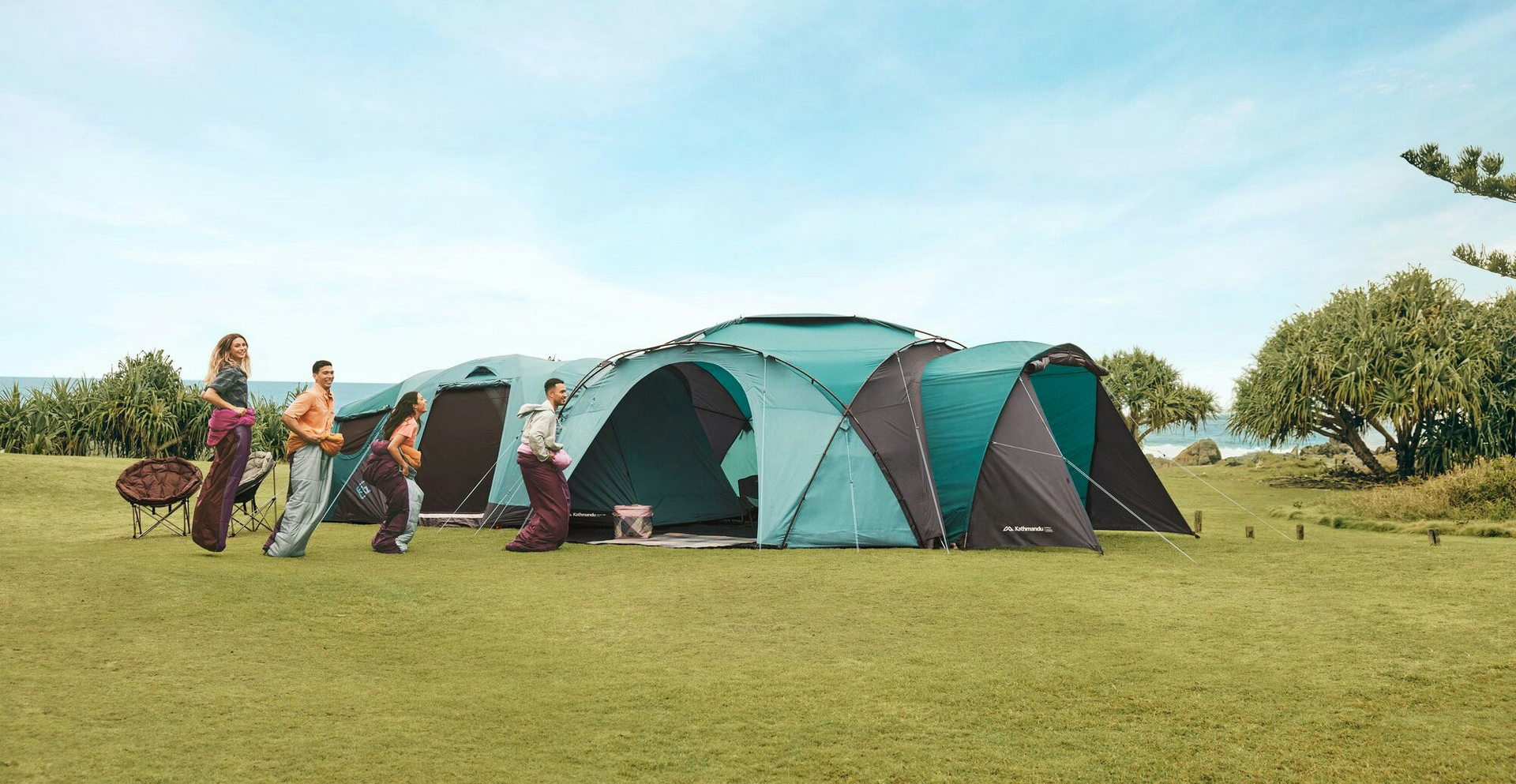

Kathmandu tents come in a range of different sizes and designs so you can select the most suitable one for your next adventure. From small and lightweight hiking tents ideal for multi-day walks to large family camping tents, we’ve got what you need for your adventure out there.
Shop our best sellers
Kathmandu Retreat Tents will make you feel at home anywhere you set up camp. Packed with great features, our Retreat Tents can be easily connected to the Hub to build a communal area and help you enjoy time out there.
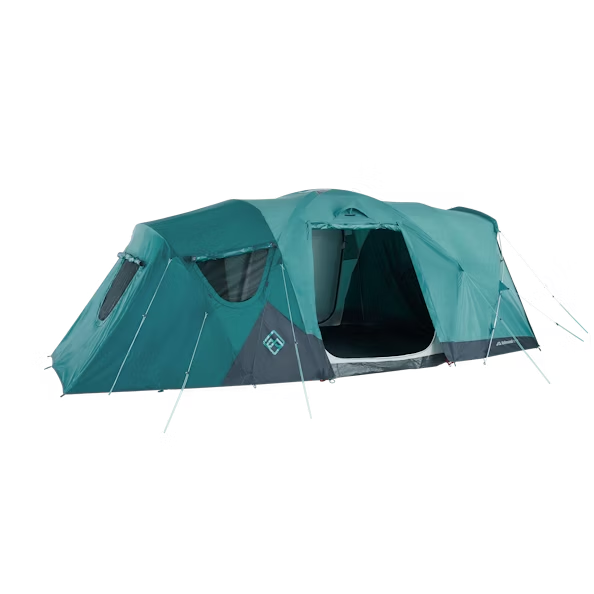
Waterproof seam-sealed flysheet
Ventus cooling system: controllable internal vents
Durable fibreglass poles
Breathable inner with water-repellent treatment
Shop camping
Guides and blogs
Read our guides and blogs to learn more about getting out there.




